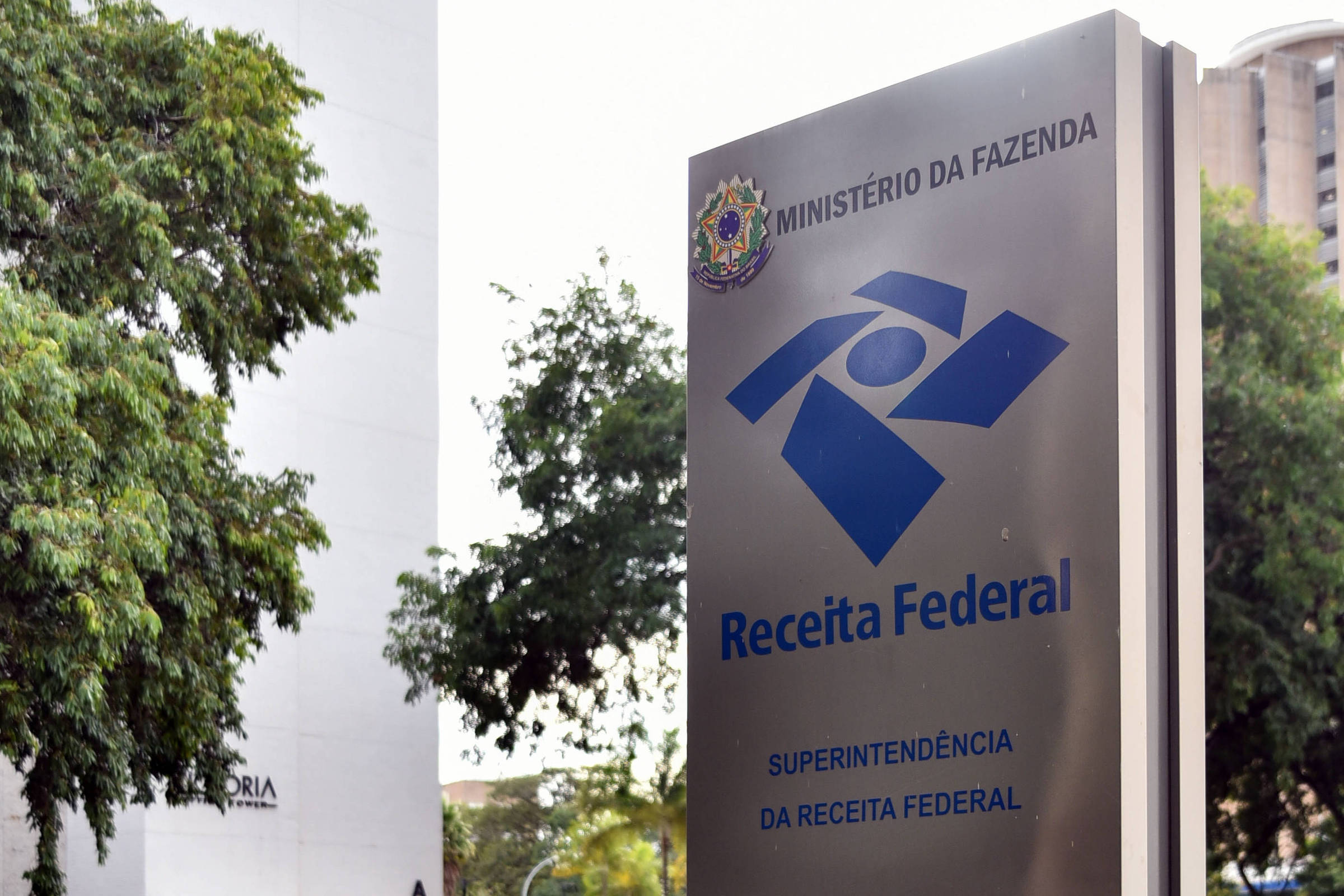Zero Litigation gives almost 90% discount for old debts – 03/15/2023 – Market

The possibility of obtaining discounts of up to 65% on tax charges and deducting 70% of the remaining amount with tax losses has encouraged companies to join the federal government’s new renegotiation program, Litígio Zero, according to lawyers who work in the area. Membership deadline ends at 7 pm on March 31st.
Companies have shown an interest in negotiating, mainly, charges classified as unrecoverable or difficult to recover, which includes those under discussion for over ten years.
In these cases, it is possible to obtain a discount of up to 100% on fines and interest, observing the limit of 65% of the amount under discussion. In the most favorable situation, the taxpayer could offset 24.5% of the total with tax losses and pay 10.5% in cash (30% of the remaining 35%).
As the payment must be made in up to nine installments, actions worth billions of dollars around large tax theses, most of them still without a definition in the Judiciary, should not be included in the program, according to tax specialists who advise large clients.
The program launched in January by the Ministry of Finance is officially called PRLF (Fiscal Litigation Reduction Program). It provides for the renegotiation of charges on individuals and companies.
Shares that are under discussion within the scope of the Federal Revenue Offices or CARF (Administrative Council of Tax Appeals) can be traded, as well as small-value disputes (up to 60 minimum wages) in administrative litigation or registered in active debt of the Union.
Companies have received notices from the Federal Revenue, through the e-CAC portal, with a list of actions that can be included in the program. The Tax Authorities also send an assessment of the taxpayer’s ability to pay. With these two pieces of information, it is possible to simulate the discount offered in a spreadsheet in the government system, says Reinaldo Moracci Engelberg, Tax partner at the Mattos Filho office.
Luiza Lacerda, partner in the Tax Law area at BMA, says that the government program is advantageous for companies that are in a difficult financial situation or when the process is more than ten years old, which means that the credit is automatically considered as unrecoverable or difficult to recover. As the discount is applied to fines and interest, the older the debt, the greater the reduction, due to the accumulated interest.
“There are few installments, but there are situations in which it is very worthwhile from the financial point of view, no matter how much the company is administratively discussing the debt. They choose to pay 10% and are free of this litigation”, says Lacerda, who has clients that fit this situation.
The return of the tie-breaking vote by a government representative in CARF is another factor that must be taken into account when evaluating adherence, although the expectation is that this will not change the scenario for companies with high value shares, such as those dealing with goodwill and profits abroad, for example.
“In cases where you have a lower chance of success in the administrative and judicial spheres, also taking into account the casting vote, it may make sense to be included in Litigation Zero, but there are few theses that are going wrong in both”, he says. Pedro Siqueira, from Bichara Advogados.
“For those matters that are not going well in CARF, but still have hope in the Judiciary, maybe you don’t have the motivation to include it, mainly because these big theses have high values and you have to pay in nine installments.”
He says that there are dozens of clients interested in joining the program, mainly with the inclusion of processes that are more than ten years old and that deal with more everyday issues of each company.
Modalities
With the use of PF/BCN (Tax Loss or CSLL Negative Calculation Base)
- Irrecoverable or difficult-to-recover tax credits: Reduction of up to 100% of interest and fines (limited to up to 65% of the total amount of the tax credit), a minimum of 30% of the outstanding balance in cash, in up to 9 installments, and the remainder with use of PF/BCN
- High or medium recovery tax credits: No reduction in interest and fines, with a minimum of 48% in cash in up to 9 installments, and the remainder with use of PF/BCN
No use of Tax Losses or Negative Calculation Basis
- Down payment of 4% in up to 4 installments;
- Reduction of up to 100% of interest and fines (limited to up to 65% of the total amount) and the remainder in up to 2 installments; or
- Reduction of up to 100% of interest and fines (limited to up to 50% of the total amount) and the remainder in up to 8 installments.
- Discounts of 70% and 55%, respectively, for natural persons, micro-enterprises, small businesses, Santas Casas, cooperative societies and other civil society organizations (Law nº 13.019/2014) or educational institutions
Note: In any of the previous modalities, the discount will observe the taxpayer’s ability to pay
Transaction for Small Values (60 minimum wages)
- Down payment of 4% (without reduction) in up to 4 installments;
- Remainder in up to 2 installments with a 50% reduction (including the principal); or
- Remainder in up to 8 installments with a 40% reduction (including the principal)
Source: Federal Revenue
“The great theses that are in CARF, many of them are not defined in the Judiciary, so the big taxpayers are not considering joining them in the program”, says Reinaldo Moracci Engelberg, from the Mattos Filho office.
He states that the program also has the benefit of reducing fines and interest not being taxed with IRPJ/CSLL and PIS/Cofins, something that does not apply to some types of tax transaction, since forgiveness can be classified as an increase heritage.
For Engelberg, membership can be attractive for companies that have a high stock of tax losses for compensation, even for those with good payment capacity and therefore have smaller discounts.
According to the lawyer, the Federal Revenue took an innovative approach by making the discount simulator available and sending information such as payment capacity to the taxpayer. But there are still doubts regarding how to use liquid and certain credits against the Union to amortize the outstanding balance of the transaction.
The government estimates that it will obtain R$ 35 billion in extraordinary income from the program. There would also be a permanent gain of R$ 15 billion by reducing conflicts.


:strip_icc()/i.s3.glbimg.com/v1/AUTH_59edd422c0c84a879bd37670ae4f538a/internal_photos/bs/2023/8/9/eVBIWGRCmGr5WQ7HufAA/pexels-pixabay-164661.jpg)


:strip_icc()/s02.video.glbimg.com/x720/10071717.jpg)




